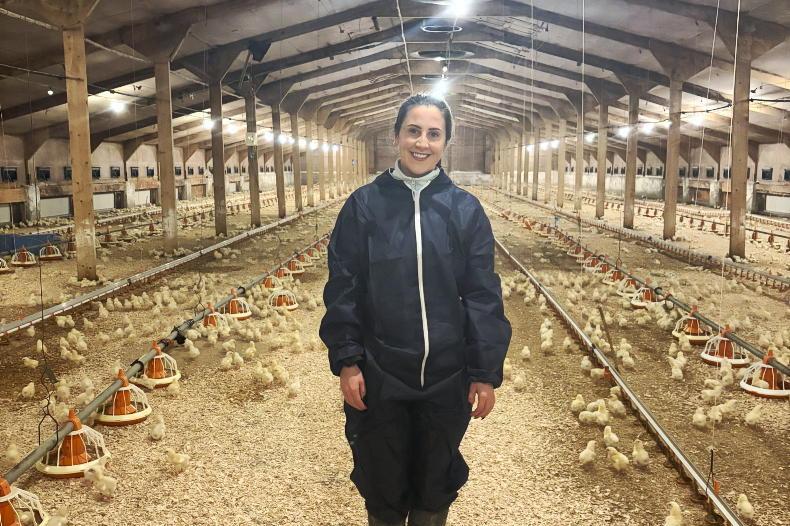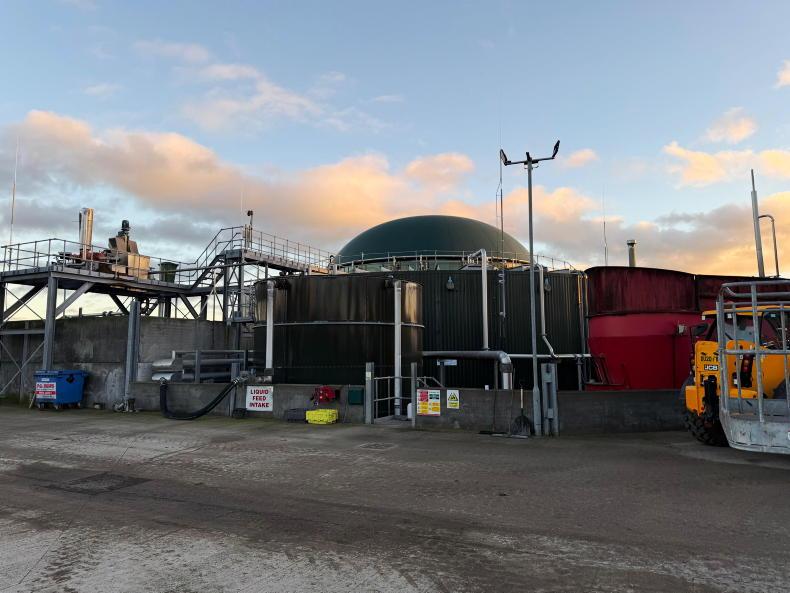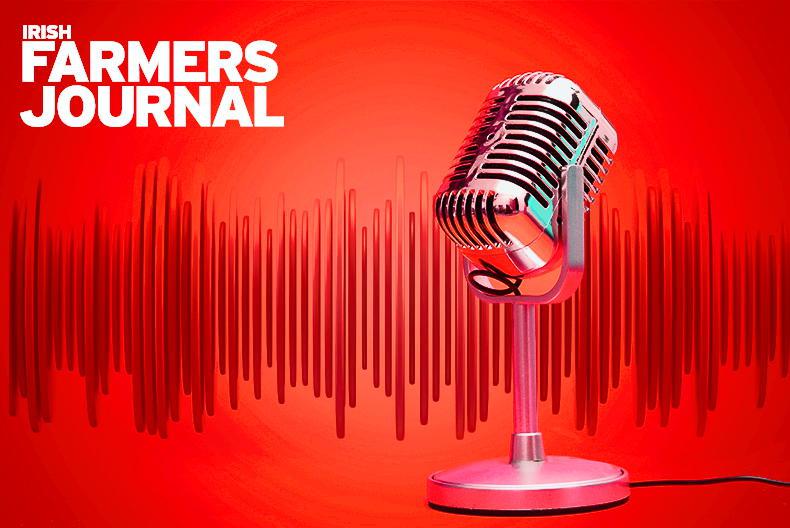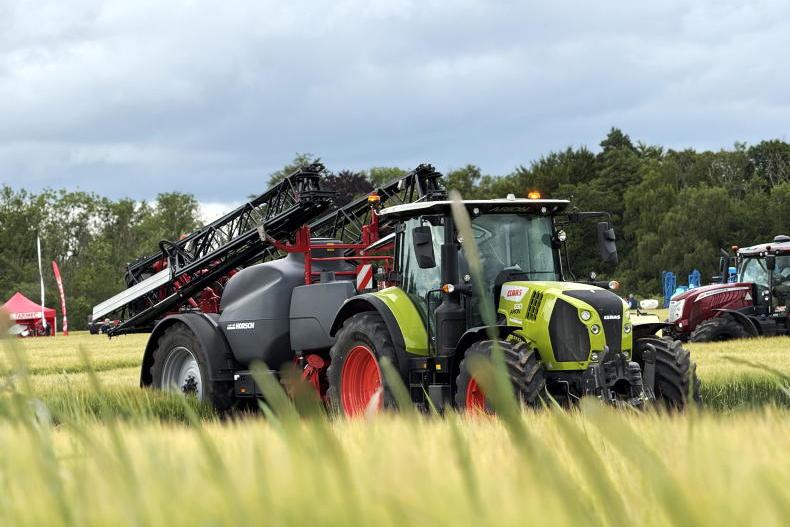Things are moving fast in the renewable energy industry. Each week, we chat with multiple experts, developers, farmers, and stakeholders across the entire industry and bring this to you in print and online. We also feature discussions with industry leaders on podcasts, and here is a selection of the conversations had over the past month.
Future Biogas seeks Irish customers
Based in England, Future Biogas was established in 2010 and has since become the largest producer of biomethane in the UK. It operates a network of crop-based anaerobic digestion (AD) plants across East Anglia and is building the first AD plant in the UK without any government support.
We recently had a conversation with Adam Francis, the commercial director of Future Biogas, about its plans for Ireland. The company showcased its Carbon Harvest solution to potential Irish customers at this year’s SEAI Energy Show. It aims to supply gas from its UK plants to Irish customers.
While Future Biogas’s initial AD plants were constructed with subsidies, the company is transitioning to an unsubsidised model, known as Carbon Harvest. The gas produced by the first unsubsidised plant, currently under construction, will be supplied to the pharmaceutical company AstraZeneca for a period of 15 years, meeting half of its UK gas requirements. Companies that purchase unsubsidised green gas can claim full green credits, although it comes at a premium compared to subsidised gas.
Future Biogas offers farmers long-term feedstock contracts, providing price certainty and incentivising proactive regenerative farming practices. Farmers in the UK have signed up for both long and short-term contracts. It sources various crops including maize, rye, barley, and grass from these farmers to supply the plants.
Initially, it plans to export gas from the UK to Ireland, but it also has ambitions to develop projects within Ireland in the future.
What to know about solar PV panels
Gerhard Heyl from MySolar.ie held a demonstration at this year’s SEAI energy show, where he emphasised the fundamental simplicity of solar energy — it all comes down to the sun.
Speaking to the Irish Farmers Journal, he said that solar panels don’t generate power themselves; rather, they capture and use solar radiation for power generation.
The more sunlight you receive, the more electricity you can generate. Therefore, the key is to determine the optimal position for panels on your farm to maximize generation.
Gerhard noted that Ireland’s solar radiation levels are similar to those of Germany, and our climate’s temperate nature is well suited for solar equipment. Cooler operating temperatures generally suit panel performance.
While there is a difference between the north and south in terms of solar generation potential, this can be mitigated by adding extra panels to compensate for the difference.
When considering the location of solar PV panels, rooftops are generally a convenient starting point.
Ideally, orient them to face south at a 30-35 degree angle for maximum generation. Be sure to avoid shading from trees, buildings, or chimneys.
Regarding batteries, Gerhard cautioned that they may not always be financially viable. It’s essential to weigh the cost of batteries against the electricity consumed and the value of surplus electricity fed back into the grid.













SHARING OPTIONS